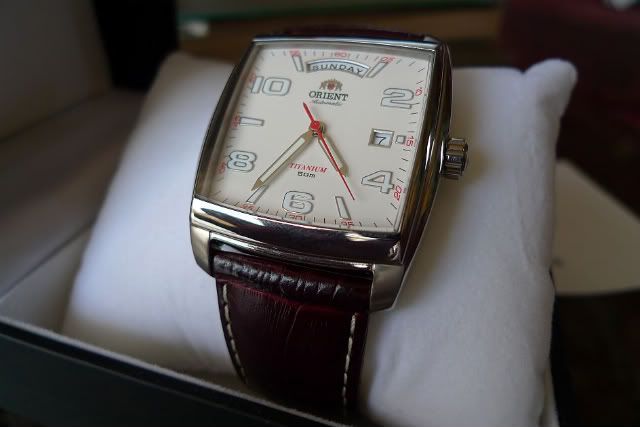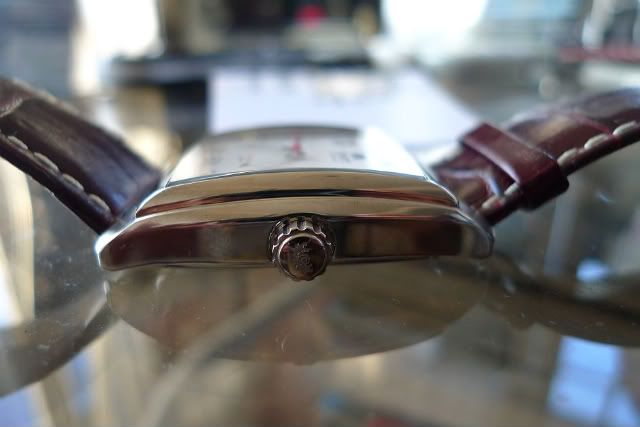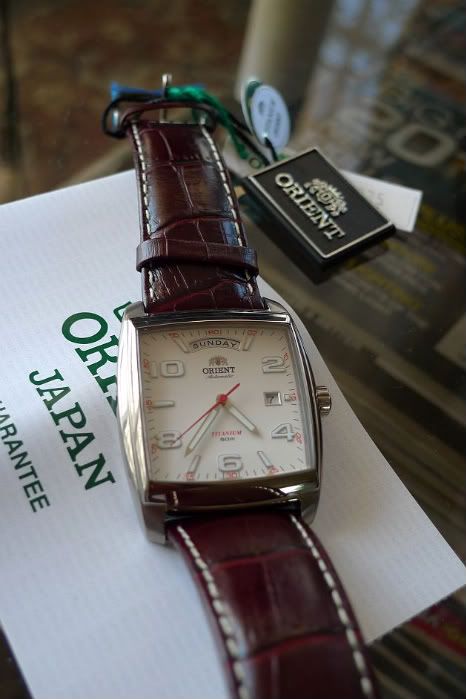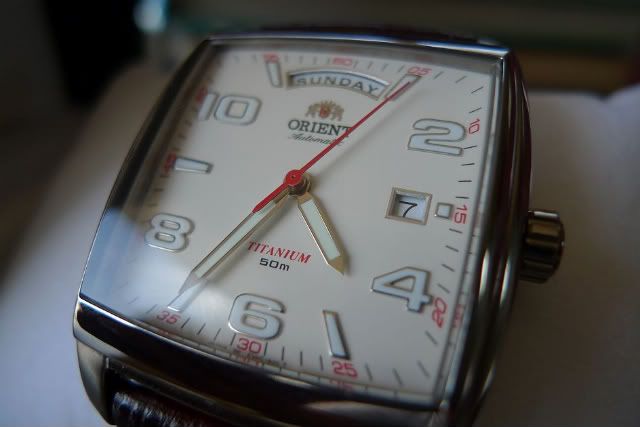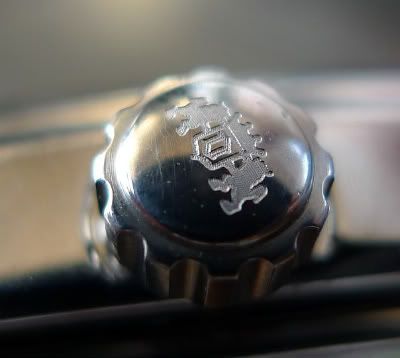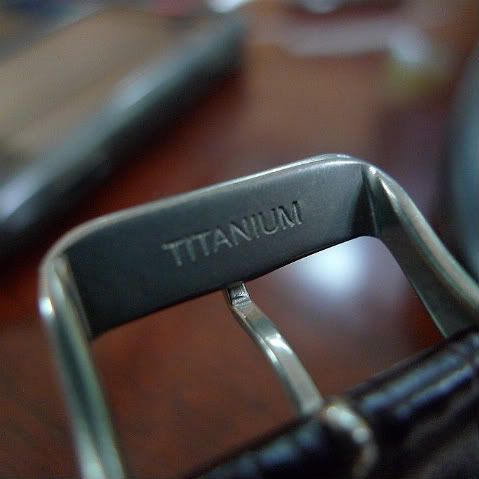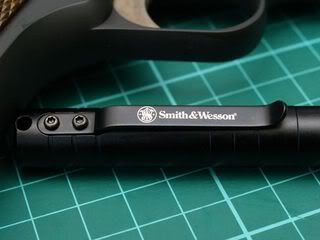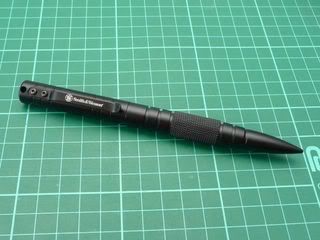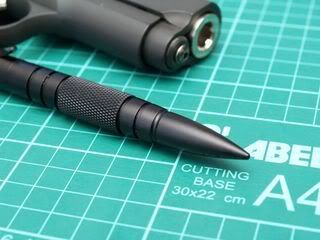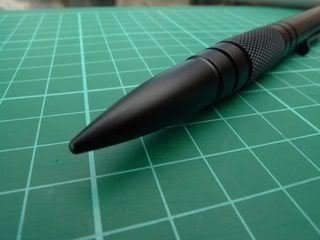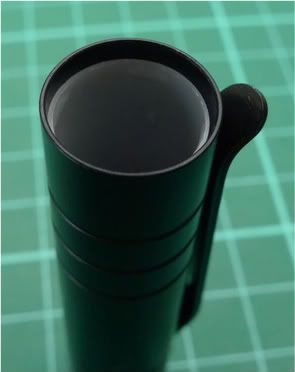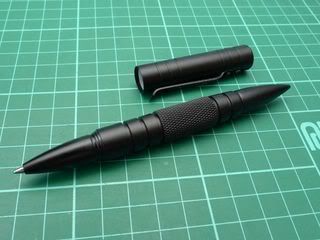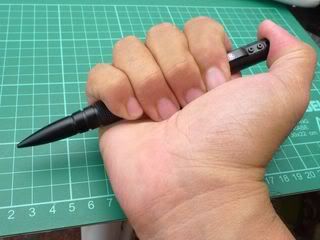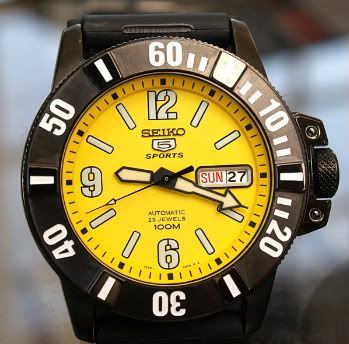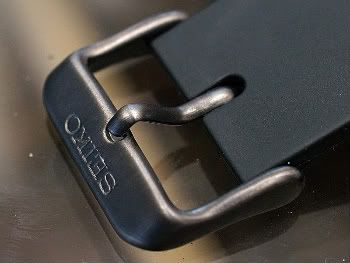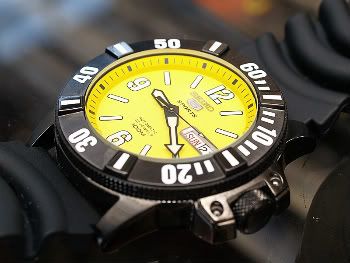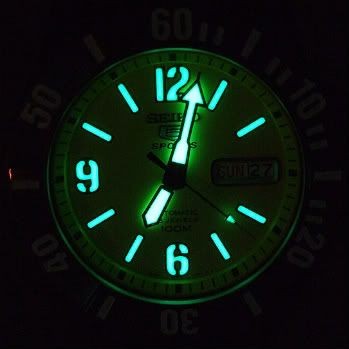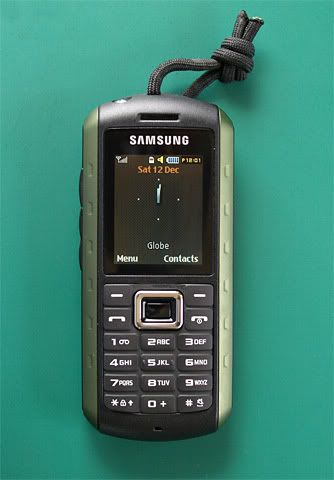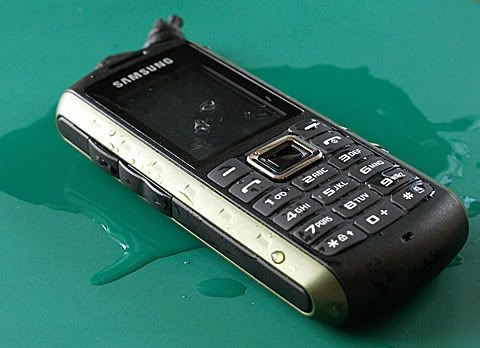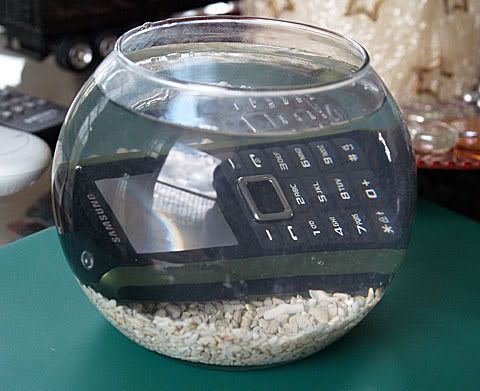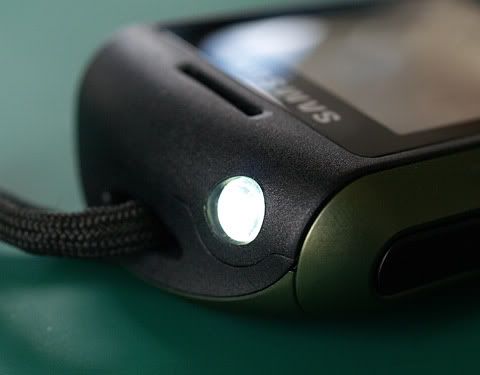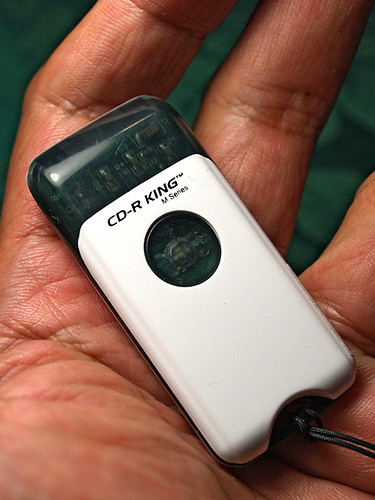It's been a while since I've been able to update my blog. And since my rather long hiatus a
lot has happened. Typhoon
Ondoy hit the country like a brick last September 28. In a country continually battered by tropical storms
Ondoy seemed just like another run of the mill rain maker. But as the morning of September 28 wore on, everyone including me, was taken completely by surprise.

I had to abort a trip to the mall and walk home from Pasig to Taguig as a result of the flooding. Taguig hadn't seen a flood like this in 10 years. But we had it easy, Pasig, Marikina and most of Rizal were utterly devastated.
We hunkered down and resigned ourselves to the fact that just like in the past, this flood was going to take months to dissipate. Taguig has had a long history of flooding. In the meantime, Duke who was experiencing a flood for the very first time, had a little fun from this odd and novel experience.

But lo and behold, barely a week later the flood was gone! As quickly as it arrived, it disappeared just like that. What a pleasant surprise! Turns out that since the last flood a decade earlier a vast array of anti-flood countermeasures were put in place for an eventuality like this. This foresight on the part of City planners proved its worth. Other towns were not so lucky. They had to endure this water borne hell for a couple of months more. A slew of typhoons then hit the country shortly after
Ondoy bringing even more misery. Its now late November 2009 and hopefully we've seen the last of the great disasters for now.
Or have we?
Ondoy and the flood made me think of the last deluge in Taguig 10 years earlier and of predictions of disaster made back then. A disaster which they said would happen midnight of December 31, 1999.
A decade earlier, the headlines were filled with foreboding and predictions of impending doom and disaster. Not about stories of typhoons and flooding in Taguig, but about something entirely different. In 1999, the world witnessed what has been described as the hoax of the millennium: the
Y2K Bug hysteria.

It was impossible to ignore the doomsayers back then. Y2K in all its insidious forms was everywhere, on TV, in newspapers and magazines, on talk shows, there were even a couple of B-grade movies trying to cash in on the hysteria. Office memos were filled with warnings on Y2K. We at Philippine National Bank's Corporate Affairs Office were even tasked with making a handbook about Y2K. "
Laughable" is what I and the boys at the Corporate Affairs Office called this whole nonsense. But we were but a very small minority in what was an orgy of Y2K madness. Everyone wanted in on this spree of Y2K kool aid drinking.

And where were the information technology or IT professionals during this time of need? The one group of people who could have possibly brought some much needed perspective on this whole affair and stepped on the brakes when things were starting get out of hand? Sadly most of them were in on the scam as well. And why wouldn't they be? Considered nerds and geeks, they now suddenly found themselves in the role of saviors of the world, transformed into a cabal of priests who would save us from something we didn't understand. It was a role they were only too happy to oblige. Of course it didn't hurt that they could also earn a bundle by hyping the problem. What kept the scam going was the fact that very few people knew about computers and as such had no idea they were being taken for a long and very expensive ride.
January 1, 2000 came along and surprise, surprise! Nothing happened. The scammers all patted each other on the back and exclaimed loudly how good a job they did in preventing total world collapse. Really? If that were true how come countries, companies, and institutions who ignored or failed to undertake Y2K "compliance measures"
emerged completely unscathed? Saying Y2K compliance was effective is like arguing the effectivity of
alien repellent spray (See, no aliens!).

10 years after Y2K, it looks like some folks are at it again.
This time, people are getting worked up on the Mayan Long Count calendar and how supposedly, the world will come to an end in
2012. There's even a big budget disaster movie of the same name about this event.

But unlike the IT scam meisters of 10 years back , 2012 director Roland Emmerich and his pals at Columbia Pictures aren't saying this is an actual prediction of things to come. Heaven's no! There is money to be made in sequels and the world actually coming to an end would definitely put a damper on future profit margins. This is strictly for entertainment purposes only. A little suspension of belief if you will. Remember the root word here is
entertainment. Nothing wrong in making a little (or in this case,
a lot) of money in the name of entertainment. However, it's a different case entirely if you go down the Y2K scammers route and pass it off as real. Now
that is criminal.
Perhaps you're saying,
no way the world isn't going to fall for a scam like that again, or,
it's never going to happen again. Wrong on both counts. In 1938, a young Orson Welles narrated a radio adaptation of H. G. Wells' science fiction classic War of the Worlds. What ensued after the broadcast was pure mass hysteria. Some folks actually believed that the Earth was really being invaded by Martians!

But this doesn't end there. In 1949 a radio station in Quito, Ecuador broadcast a Spanish-language version of Welles' 1938 script. Hard to believe but once again panic ensued which led to widespread riots in Quito. Unfortunately some Ecuadorians had to pay for this hysterical outburst with their lives during the ensuing riots.
Today, even our so-called
modern and sophisticated mass media society can all too easily fall prey to anyone with something to sell. After Y2K, another example would be the 2003 invasion of Iraq. Fox News utilized the Orson Welles' technique to great effect fooling a lot of people into believing Iraq was a threat and that they had WMDs. Surprise, surprise! Just like Y2K, that turned out to be a lot of fertilizer as well. 2012 is still a couple of years off and you can be sure someone, somewhere is going to try to pull a fast one on us again with predictions of doom, and promises of salvation... all for a nominal fee of course.
So how can we guard against these false prophets? With the best weapon of all: our brains. A little critical thinking now and then can do wonders.
Doubt is your friend. Besides with so many natural and man-made disasters around us, from raging typhoons to mass murdering politicians, who needs fake disasters?
And finally, a little food for thought: If the Mayans could really see the future, how come they never predicted the arrival of the Spanish Conquistadors? Not even a hint?
